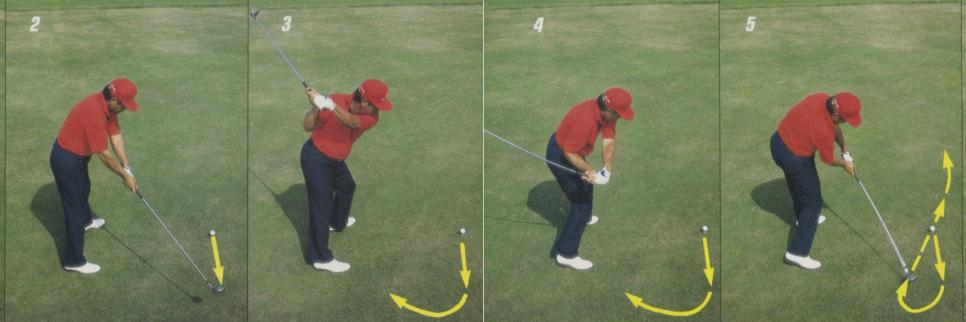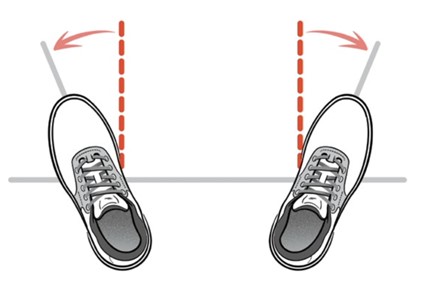I was amazed to see how many long putts were made at the PNC Championships where a PGA Pro teamed up with a non-PGA family member. VJ Singh and his son shot 2 rounds of 13 under par to win the 2022 Championship. Their success came from playing a Scramble Format where they both hit each successive shot from the best location. Their biggest advantage came by understanding the break in their putts.
Every putt was played strategically by allowing the weakest player to make their best putt so that the second putter used the knowledge of the BREAK in the first putt as it slowed down near the hole. Of course we rarely get the chance to putt after someone putts on our exact same line. Watching this 2-putt team approach, we should all recognize 3 key points.
1/ Choosing the right line and speed is your primary focus if you are ever going to be a great putter.
2/ The most break occurs as your ball slows down at the end of your putt. Of course, the greater the side slope, the greater the break so you need to estimate if the break is non-existent (0), slight (1), moderate (2) or major (3 to 10)
3/ To limit your break (as the ball nears the hole on a slight to moderate slope) you should always putt with enough force to pass the hole by 10 to 20 inches. This extra force will eliminate a significant amount of the break as your ball passes the hole.
- -It eliminates all short putts that will never go in the hole.
- –You will learn to limit the amount of expected break near the hole by consistently putting with enough force to pass the hole by 10 to 20 inches,

The best putter, that I have ever played with, sank single putts on 12 out of 18 greens. Every putt was firm (as they never stopped short of the hole). That golfer was confident that he was going to sink more putts with his firm putts SO HE LIMITED THE EXPECTED BREAK DEPENDING ON THE SLOPE NEAR THE HOLE.
You can be a great putter too. Build confidence on the practice green by never leaving a putt short of the hole. Watch for the AMOUNT of break on your putts as they pass the hole and memorize the target distance above the hole depending on the side slope with a 0, 1 or 2 level of slope.
Adam Scott estimates the side slope for every putt using a technique called AimPoint. By feeling the slope with his feet about halfway along his putt he estimates the degrees of slope and then uses his fingers to find a target point. It’s not a perfect system as the slope changes as you walk along your putting line but it is a good idea to estimate the slope near the hole.
Improve your putting by paying attention to the amount of slope near the hole. Choose a target point to aim at for the expected amount of break as your ball passes the hole. Stare at your target point, then return your stare to your ball and keep looking at the spot until 1 second after impact. Practice with GOLFSTR+ to keep your wrist flat during your putting stroke. Buy one today at www.GOLFSTR.com




